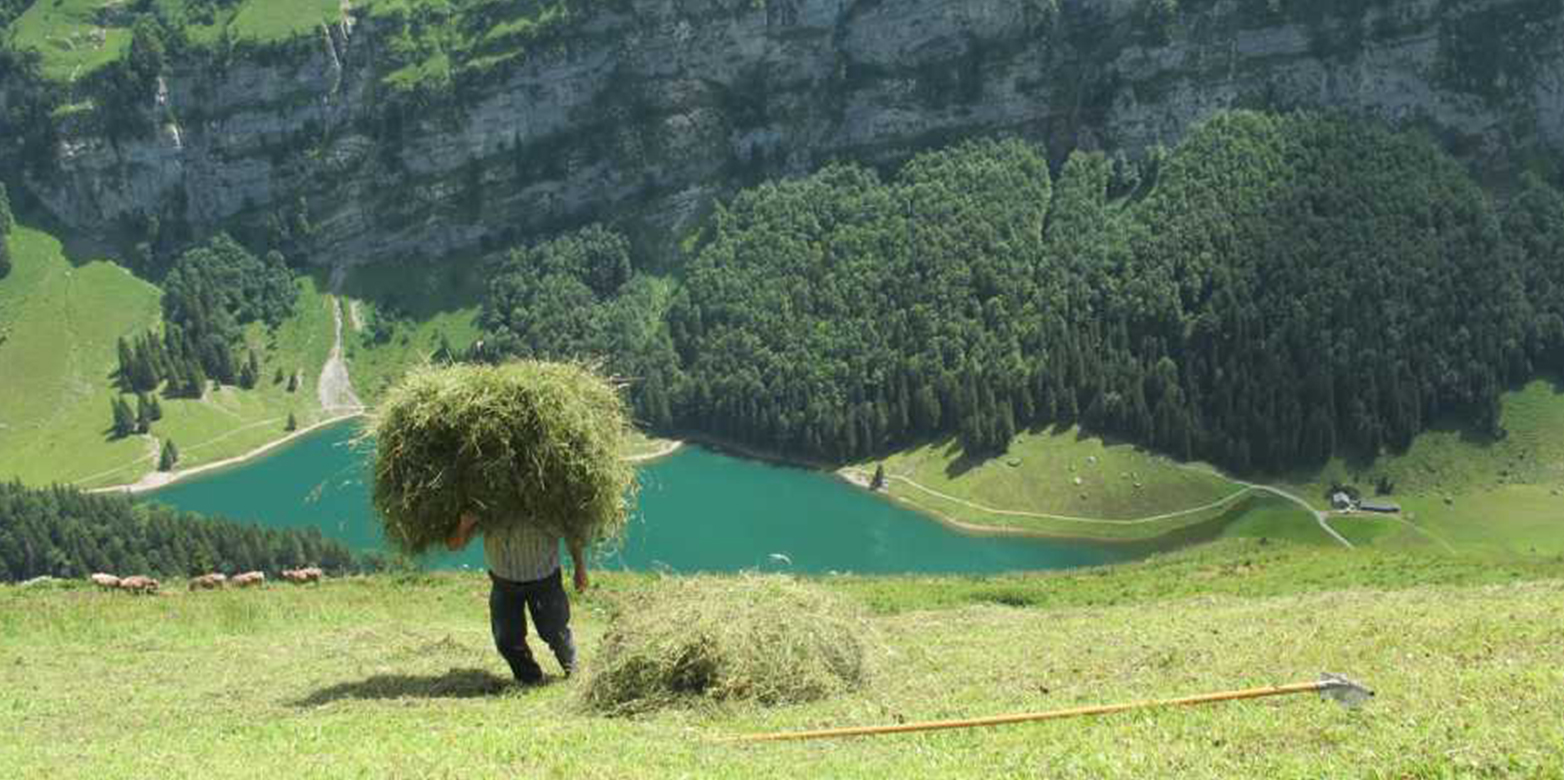Who’s evaluating Swiss landscapes?
If beauty is in the eye of the beholder, how do you define a beautiful landscape? Machine learning algorithms can be helpful here, says Adrienne Grêt-Regamey. (Re-post from ETH Zukunftsblog)

Few people know that Switzerland has to record, describe and evaluate its various landscapes and their qualities1. And once the stocktake is completed, landscape quality objectives (LQOs) must be formulated – for example, which landscapes and which features should we preserve and promote? To provide a basis for this, the Swiss Foundation for Landscape Conservation has drawn up a catalogue of characteristic cultural landscapes2.
The catalogue covers 39 different landscape types, which differ in their usage, function and natural conditions. All the landscapes listed are very diverse, have been shaped by humans in very different ways and have completely different qualities. Such a catalogue can also be used to formulate development objectives tailored to the specific landscapes, which can be assessed at a later stage.
Everyone finds the green Alps beautiful
But how do I determine the qualities of a landscape? Isn’t quality in the eye of the beholder? No, not exclusively. There’s a common understanding that is widely accepted across cultures. People from very different origins, for example, highly value the same diverse, structured landscapes. In our view, this consensus should also be implementable in computer-based algorithms.
"If we combine qualitative and quantitative information, we can improve the delineation of widely accepted landscape typologies." Adrienne Grêt-Regamey, ETH Prof.
So we fed machine learning algorithms with spatial data. The algorithms recognised spatial clusters – computer-generated typical landscape categories. We then compared and combined these with expert-based surveys. In the process, we were able to identify new, dynamic boundaries between landscape types – information that helped to cartographically delineate the individual units. If we combine qualitative and quantitative information, we can improve the delineation of widely accepted landscape typologies. It’s a more meaningful result because subjective expert assessments play less of a role, without leaving the whole process to the algorithms and shifting it to a “black box”.
References
1 Council of Europe (2000): external page European Landscape Convention (called for on 29.03.2019).
2 Rodewald, R., Schwyzer, Y., Liechti, K. (2014). Katalog der charakteristischen Kulturlandschaften der Schweiz. Grundlage zur Ermittlung von Landschaftsentwicklungszielen. Bern: Stiftung Landschaftsschutz Schweiz.
- For further information and the full article, please visit the ETH Zurich homepage.
